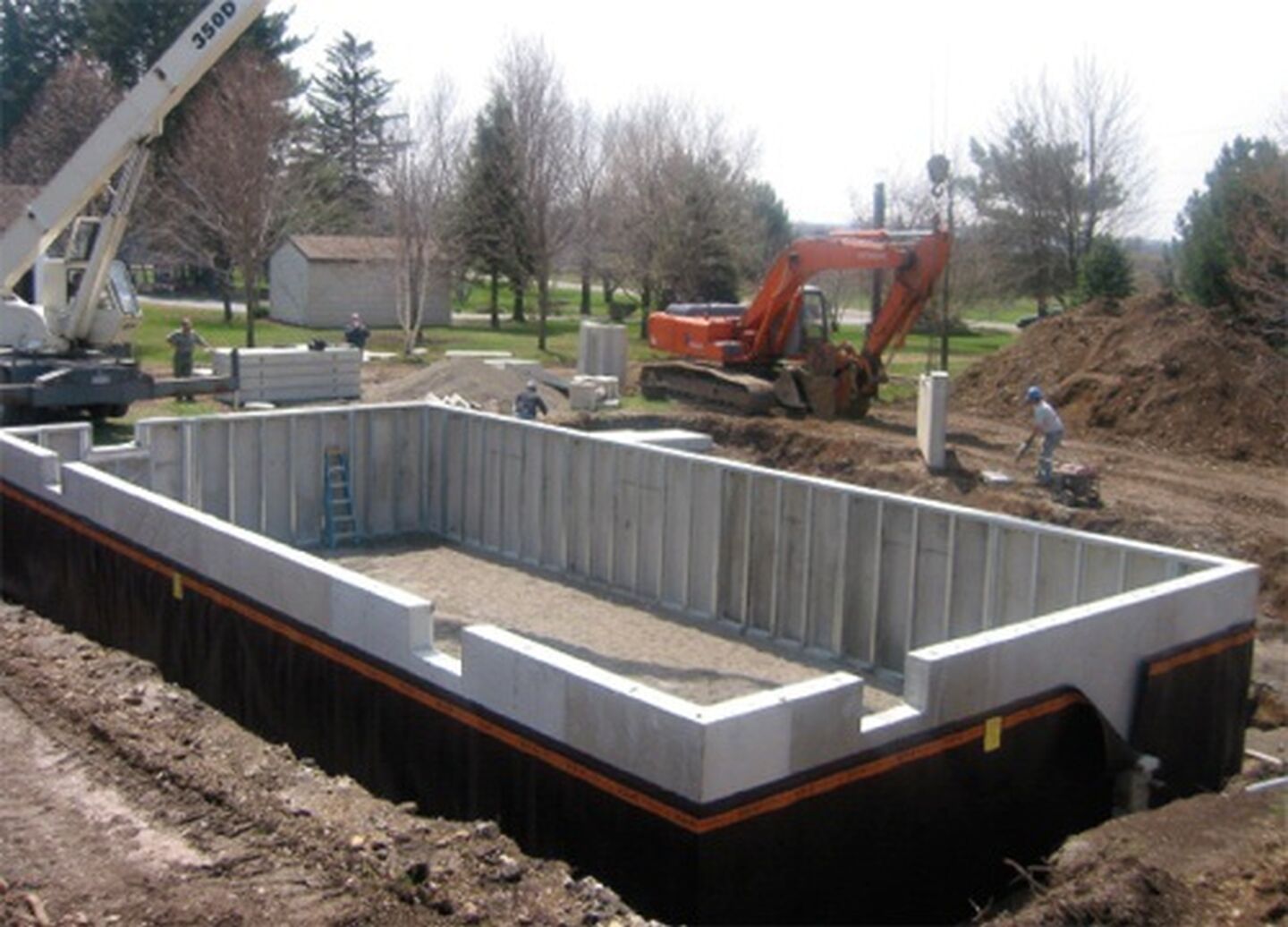5 Ways that Homebuilders Cause Structural Foundation Damage

Structural damage to the foundation is one of the worst things that can happen to a house. Not only can the damage be time-consuming, inconvenient and costly to repair but it can easily lead to other damage in the structure above, including interior and exterior cracking, misaligned doors and windows, out-of-level floors and, in extreme cases, separation of building elements such as chimneys and additions.
Most foundation damage is caused by water and happens over a period of time as soil expands and contracts and lateral pressure exerts damaging force on the foundation walls. However, sometimes foundation damage occurs during the construction process but is not discovered until years later when the original builder is long gone.
Most residential contractors and sub-contractors have the skills and equipment necessary to build a proper foundation and to not damage it during construction. There are, however, always exceptions.
How Homebuilders Cause Structural Foundation Damage
There are at least 5 ways that a residential contractor can inadvertently cause structural foundation damage:
1. Improper Soil Preparation – The best practice for excavating and building a foundation is to compact the soil on which the foundation will sit. This is particularly important when the foundation is to be built on fill, that is, soil that is transported to the building site rather than being native to the location. However, even undisturbed soil should be compacted before construction. When a builder fails to do this it can lead to settling or dropping of footings and foundations.
2. Shallow or Undersized Footings – Footings are horizontal concrete pads that describe the perimeter of the foundation and provide support for the vertical foundation walls. Footings must be a certain depth, determined by the frost line (level to which the ground freezes in winter) of the area. If they are too shallow, frost heave can damage the foundation. Also, footings must be of a proper width and be adequately supported; failure to do so can cause foundation walls to lean and tip.
3. Bad Backfill – “Backfilling” is the process of returning soil to the excavation to fill it in outside the foundation walls. If a foundation is backfilled too high or if backfill is done before the foundation has fully cured, walls can buckle, bow or tip or rotate inward. This can throw off the framing of the structure and lead to serious problems later.
4. Equipment Damage – Depending on the size and type of home, there can be a number of pieces of heavy equipment, including trucks, around the construction site. This equipment can exert pressure on newly backfilled soil that then is transmitted to the foundation walls and can cause them to bow or move inward, particularly if it occurs before aboveground construction. Obviously, a truck or other piece of heavy equipment directly striking a foundation wall can cause serious damage.
5. Poor Construction – It probably goes without saying that a poorly built foundation is likely to suffer damage over time. Improperly laid concrete blocks or other masonry units, wrong concrete mix for the application, failure to work out air pockets in concrete or allowing it to cure too quickly can all lead to problems.
Of course, the owner of an existing home is unable to do anything about damage that may have occurred during construction but those who decide to build a home should make sure they choose the right contractor to ensure that the foundation is built properly and suffers no damage during construction.
Whether the structural damage to a foundation is the fault of the builder, the freeze-thaw cycle or poorly managed ground water, the homeowner needs a foundation repair professional he or she can trust to return the foundation to like-new condition. The foundation repair experts at U.S. Waterproofing make use of engineering data and the latest in repair techniques to make sure foundations are stable and supportive for years to come. Please ask us for a free consultation.




